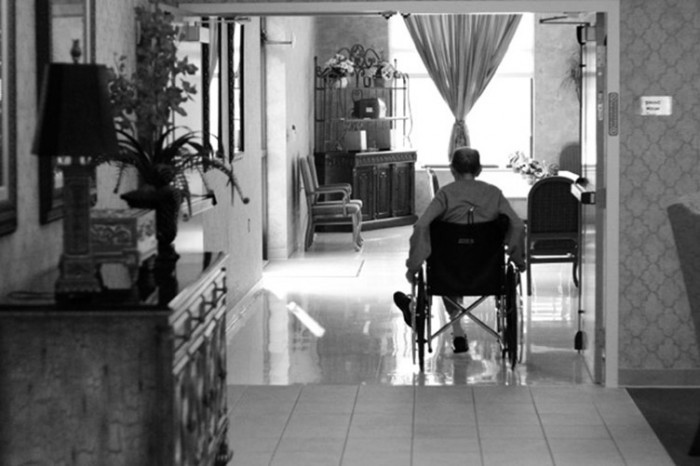An organization that provides home and some degree of attention to elderly and handicapped people. It doesn’t supply the considerably higher-proficient amount of medical care that’s located in a nursing home or a rehabilitation center. If such attention is desired, the person is normally cleared. Nevertheless, some assisted-living facilities have units set aside for patients who need an excellent deal of attention.
An assisted-living facility may supply rooms or flats, and they may vary from quite simple to quite lavish and expensive arrangements. Typically, an assisted-living facility supplies a dining facility with meals, emergency call buttons in the residents’ rooms or flats, transport to physician’s offices and shopping, and alternatives. As of 2000, there were about 600,000 individuals in the United States living in about 30,000 assisted-living facilities.
Some states use other terms to denote assisted living facilities, including personal care facility’ or residential-care home.
State Laws on Assisted Living Change Widely
State laws on assisted-living facilities vary considerably from state to state; some states supply an excellent deal of supervision, while some have minimal regulation. Frequently, it’s either the state department of health or social services that provides supervision, although the state department of aging or consumer issues may be the organization that manages assisted-living facilities.
Some states require licensing and certification of assisted-living facilities while others don’t. Some states have set standards on entries in addition to on involuntary releases from an assisted-living facility. Based on the National Conference of State Legislatures, these states establish demands for assisted-living facilities that provide housing for residents who have Alzheimer’s disease: Arizona, California, Delaware, Florida, Georgia, Idaho, Kansas, Maine, Maryland, Massachusetts, Nebraska, Nevada, New Mexico, North Carolina, Ohio, Oklahoma, Oregon, Pennsylvania, Rhode Island, South
Carolina, South Dakota, Texas, Vermont, Virginia, Washington, and Wyoming.
Most Assisted Living Residents Are Girls
Based on a summary of a report in a 2000 issue of Modern Longterm Care, most residents (75 percent) of assisted-living facilities are female. The typical age of residents is 84 years for girls and 83 years for guys. An estimated 41 percent of residents are wheelchair users. About 10 percent of ALF residents receive specific assistance with managing their diabetes, and about 29 percent of residents receive help with managing their medicines.
Edges of Assisted-Living Facilities
Elderly people may find it hard or impossible to live completely alone, and though they may additionally be reasonably self-sustaining and not want the amount of attention provided by a nursing home. The midlevel attention offered in an assisted-living facility may be adequate for their needs unless or until they need more support than the facility can offer. The social activities and sense of community that these facilities can supply are also great advantages in this age of the loss of the nuclear family.
Disadvantages of Assisted Living
As of this writing, most assisted-living facilities are “private pay,” and so medicare or medicaid is not going to cover the expense of home fees. Thus, residents must use their own income and savings or must liquidate assets or find some other means to manage fees.
In 2000, the average daily rate for a private studio apartment in an ALF was estimated at about $2,000 per month, although fees vary considerably from area to area. The price also depends greatly on the kind of facility that’s selected and the services supplied; for example, some ALFs supply gourmet meals to residents; in others, the meal cuisine is considerably more straightforward.
Medicaid Waivers and Alf Fees
In many states and in assisted-living facilities that want to participate and are approved, a small variety of components are set aside in a specific system for Medicaid recipients. In this “Medicaid waiver” plan, requested by the state to the federal government, people who receiving Medicaid benefits may have all or part of their rent paid for out of Medicaid funds. This plan may be enlarged in the future; yet, as of this writing, it represents just a tiny part of all assisted living units.

